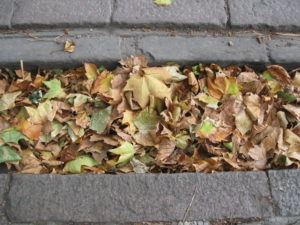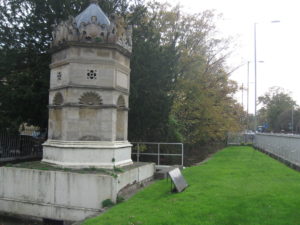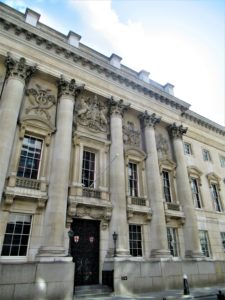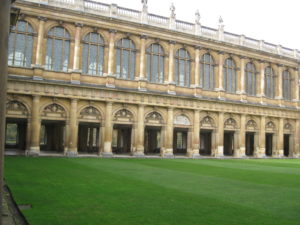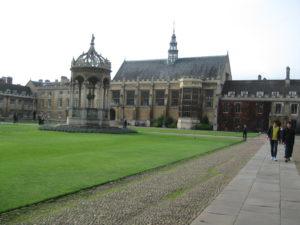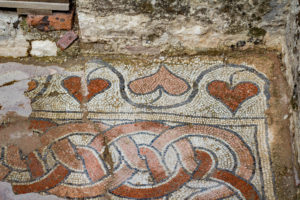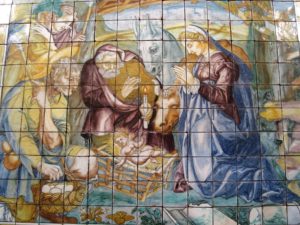The first time I went to to Cambridge, almost sixty years ago, was a misty November day. The Backs were just visible and of course there were still punters gliding along the Cam.
It could almost have been the same this time, except we were guests of a friend at Trinity College instead of making our own way around.
There have been many changes, nonetheless. Could we have sat in a pub nowadays with a celebrated theatrical and film couple at a nearby table and nobody have given more than a passing glance? Would any of us have expected the many new buildings – irrespective of the outrageous price of property – that for someone we met recently gives it the name Cranesbridge?
Some things never change, though. If Hobson the carrier could return he would perhaps be pleased that the conduit bearing his name and the gutters it provides with cleansing water no longer have to deal with the sewage and pest-ridden filth his bequest once cleared of risks to life such as the plague and dysentery. The major clearance at this time of year in the twenty-first century is of autumn leaves. And while they await the twice daily flow they can seem picturesque.
There were still many leaves on the trees, and some had still to turn. The Botanic Gardens were looking splendid, even though I had no time to visit. There was plenty of time, however, for the walk across the Backs into Trinity and a leisurely look around the Courts. The Wren Library was sensibly built on piers to keep it above the floods that in the seventeenth century would have had devastating potential (even recently water has risen well above the nominal ground level). In one corner of the Court is the spot where Sir Isaac Newton stood and clapped his hands. The echo he heard from one clap but could not hear from a series helped him calculate the speed of sound long before any thoughts of flying at that speed occurred. Our friend demonstrated.
Even in ancient colleges there are signs of modernity. Freshly ground coffee is now brewed after lunch in machines, as in hotels, although there were still silver pots and small cups on a central table. Some of the art work is contemporary – not, however, in the great hall where space is exclusively for former masters and past royalty. Outside the lawns have an autumn-coloured sculpture that would break the heart of an ancient gardener. It blends with the trees along Queens Road, however.
We couldn’t leave without a glance along the river and, of course, there was a punt.
